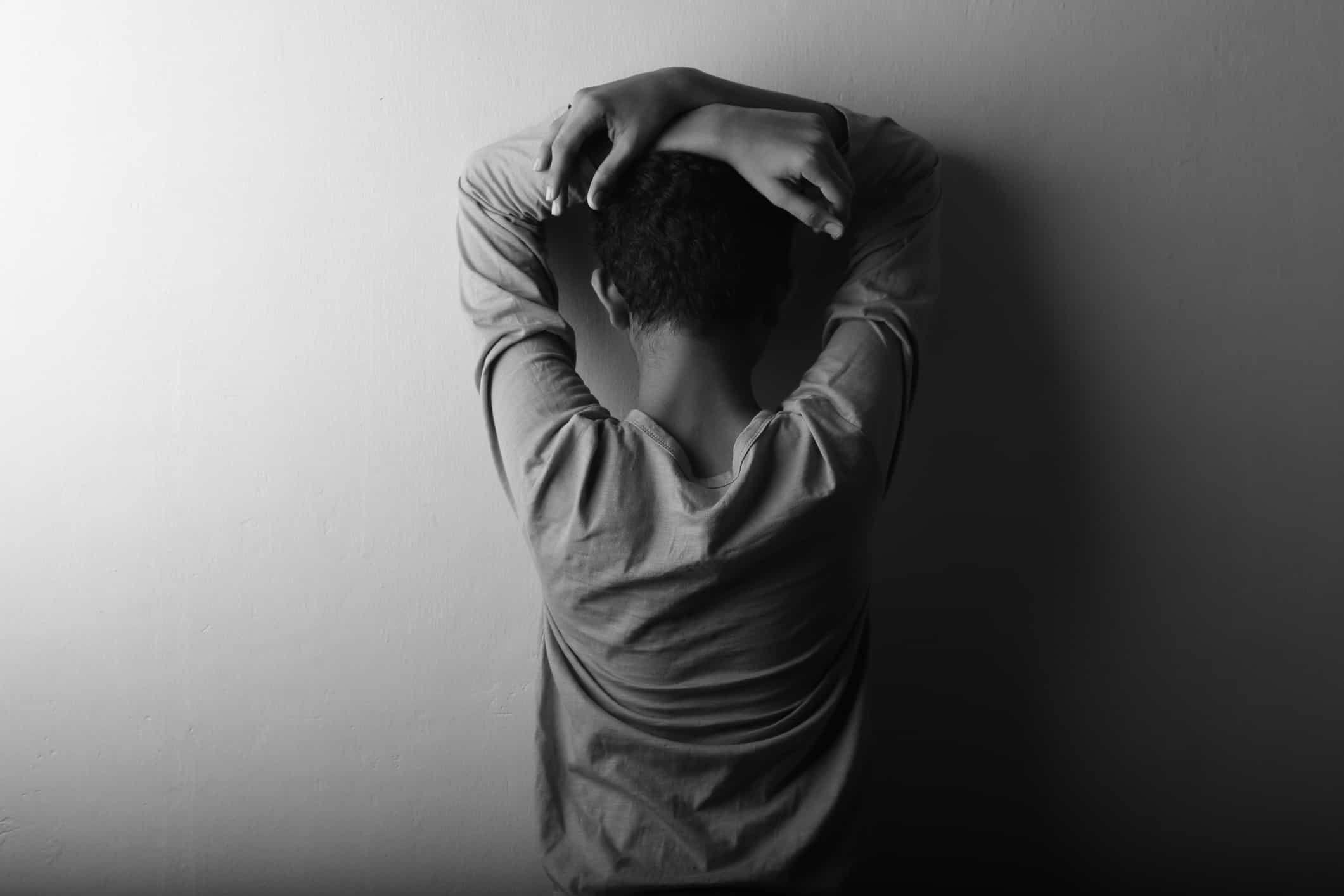Situational depression is another term for a type of adjustment disorder wherein a person develops short-term depressive symptoms, usually in response to overwhelming stress. Adjustment disorders are characterized by behaviors and symptoms that require treatment in response to stressors within everyday human experience and are not necessarily exceptional or “traumatic,” such as a breakup, divorcing parents, struggling at school, or losing a loved one due to natural causes.
What is and is not traumatic remains relative. Still, the main distinction between something like an adjustment disorder and post-traumatic stress disorder, for example, is the magnitude and intensity of the causal experience(s). Situational depression, and by extension, other adjustment disorders are especially relevant now. Research shows us that anxiety and depression symptoms are still climbing among teens, and we’ve seen a spike in mental health concerns this year.
A recent poll shows that teens most often cited thoughts about the future, increasing loneliness, concerns about the world, and the inability to hang out with friends as primary causes of anxiety and depressive thinking. Between the ongoing pandemic and continued political polarization, the world has become a scarier place for many teens.
Understanding the difference between mood disorders, like major depressive disorder and bipolar disorder, and adjustment disorders, like situational depression, is essential. These conditions progress differently, may be treated differently, and have different and distinct causes.
Situational Depression Is Not a “Mood Disorder”
Mood disorders are a family of psychiatric conditions related to mood regulation, closely tied to symptoms of depression (exceptionally low mood) and mania (exceptionally high mood). Major depressive disorder (MDD) is the most common mood disorder and is also known as clinical depression.
When someone is diagnosed with MDD, they struggle with the condition that affects how their brain regulates their mood in the long-term. The causes behind this kind of depression can include external factors such as childhood trauma – which can leave a lasting impact on the brain, and internal factors such as a hereditary predisposition towards poor mood regulation.
Environmental factors and stressors can exacerbate or improve symptoms. Still, someone diagnosed with major depressive disorder is not just going through a rough patch or feeling blue solely due to extraneous circumstances.
The same goes for most other mood disorders, such as premenstrual dysphoric disorder (linked to neurological and endocrinological causes) and bipolar disorder. While an adjustment disorder is more severe than just “feeling low” for a short time, it is not usually a long-term disorder like most mood disorders.
Most cases of situational depression are no longer than six months. Whereas the onset of a mood disorder may be stressful, a mood disorder’s causes are more complex than any single stressor. On the other hand, adjustment disorders can be linked back to an identifiable causal event or experience.
Can You Have Situational Depression and a Mood Disorder?
A teen might first be diagnosed with situational depression because their symptoms began after a coincidental stressful event, but further sessions and therapy may show it to be a mood disorder or different condition instead if the typical treatment program doesn’t help reduce symptoms, or if other criteria are met.
Most of the time, situational depression can be addressed with a swift therapeutic response, essentially helping a teen cope with the stressors around them, address their behavior and thinking, and help family members better understand their teen’s behavior and provide support.
This does not mean that situational depression is somehow less important or severe than a mood disorder like MDD. A teen with situational depression can still develop suicidal tendencies, consider self-harm, or become increasingly antagonistic towards friends and family.
The distinction is essential to help separate treatment courses for teens with an underlying mood disorder and teens struggling with an adjustment disorder and give parents a better understanding of why teens may respond differently to stressors and why some teens may be depressed for a few months while others struggle with depression for years.
Situational Depression Is Short-Term But Serious
The symptoms of situational depression, or “adjustment disorder with depressive symptoms,” are like those of other depressive disorders. They include:
-
- Low mood or sadness
- Lack of motivation
- Losing interest in old hobbies/not developing new ones
- Withdrawing from opportunities for social interaction
- Feelings of hopelessness
- Constant fatigue and restlessness
- Inexplicable pains and aches (especially headaches and stomach aches)
- Sudden changes in appetite and weight
- Signs of substance use
- Self-harm
- Frequently talking about suicide
It is important never to rely on self-diagnosis when it comes to any medical or psychiatric condition. Be sure to get a proper diagnosis from a mental health professional if you suspect you or a loved one are struggling with a form of depression, regardless of what kind of depression it might be.
Therapy, Support, and Empathy
Situational depression is treated primarily through therapy. Teens discuss their fears and worries, thoughts and feelings, and learn to separate depressive symptoms from other, more rational thinking. While situational depression is rooted in a stressful cause, depressive thoughts are inherently irrational. They can cause someone to feel hopeless even in something hopeful or feel alone, even when surrounded by family.
Therapists can help teens develop coping tools to identify and combat depressive thoughts and slowly spend more time with therapeutic activities and coping mechanisms (such as exercise, creative endeavors, or spending time with friends) while avoiding things that may help reduce mood. Teen group therapy and family therapy can help teens respond better to a group dynamic. They learn more about situational depression and other adjustment disorders and useful coping tools with loved ones.
Family and friends play a significant role in helping teens cope with their symptoms by offering support and empathy. Empathic responses can include assisting a teen in talking themselves out of a depressive episode, showing love and understanding for their perceived suffering rather than minimizing it, not belittling them for their mood, and more. Family therapy can also help heal ruptures and address family communication issues that might contribute to a teen’s depression.
Medication and Treatment Options
Antidepressant medication may still help teens with situational depression by addressing potential underlying or accompanying symptoms. On their own, adjustment disorders are not caused by brain changes, so medication usually will not affect them. Therapy remains key to a swift treatment for situational depression. However, in teens with other conditions, antidepressants may help address lower than normal levels of necessary brain chemicals like serotonin and norepinephrine by affecting how the brain adjusts its endogenous neurotransmitter levels.









